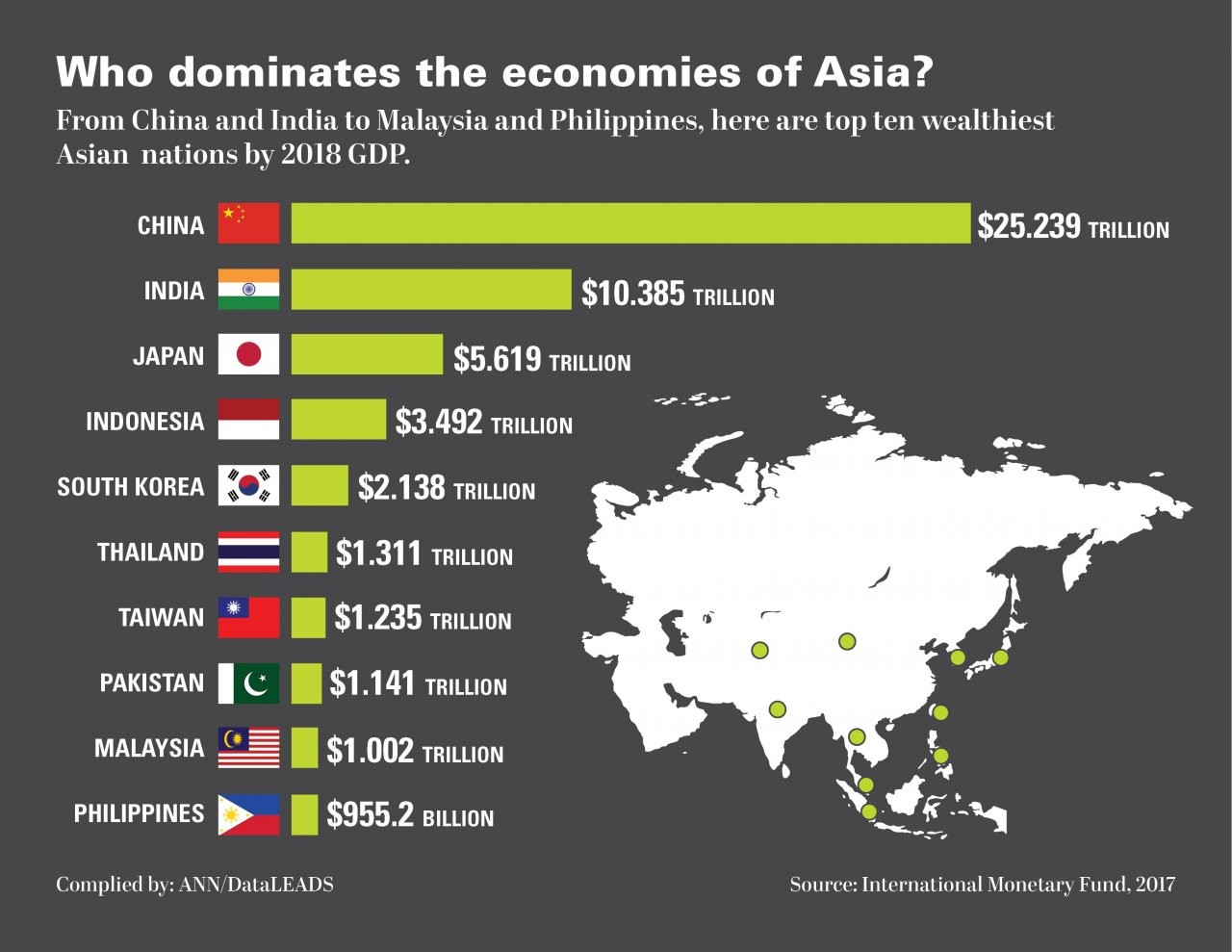Top Stories
Missing the peace in Muslim Mindanao
Author: Patricio Abinales, University of Hawaii
There is still no peace in Muslim Mindanao. A recent agreement to grant the region autonomy had support but is now in limbo after 44 policemen were killed in the region on 25 January 2015. So why has peace eluded Mindanao for so long? And how much longer will Mindanao have to wait for the missing peace?

A major reason behind the historical inability to come up with a cohesive and lasting peace plan for Mindanao has to do with an orthodox explanation. An explanation that is shared by the most disparate of social and political forces — government officials, Muslim separatists, communists, public intellectuals, the media and even all-knowing development experts. It is an orthodoxy that has consistently promoted a narrative that assumes a history of unceasing conflict on the country’s second biggest island. It puts a high premium on minority – majority tensions, religion as an inspirational force for armed change and the omnipresence of a capable state and its coercive apparatuses in the Philippine south.
On the contrary, Muslim Mindanao has a far more complex history, and this is what the orthodoxy has papered over. Conflict, in particular, has been the exception rather than the rule, and where it did happen this was mostly caused by factors other than religion. The orthodoxy has not only widely exaggerated the omnipresence and capacity of the Philippine state but also understated the power of local Muslim elites — and, as such, underestimated their role in both the war and the quest for peace in the umma (nation).
Conflict with the state has been intermittent. During the colonial period revolts were few, and when they did occur they were motivated less by grand visions than by localised exigent demands, including taxation, abuses by colonial officials, the end of the slave trade, and intra-elite conflict. These multifaceted and localised forms of militant engagement with outside powers continued to be the norm even in the era of the separatist rebellions.
Resistance was also paralleled by a prolonged period of Muslim collaboration with their supposed enemies. Muslim elites did not hesitate to work with national partners to keep their authority over their local constituents. This is the singular advantage that these ‘traditional’ leaders armed with modern political designations (senator, congressman) have over their rebel rivals. With their longer history, social embeddedness, and ability to make political adjustments, Muslim elites have come to outwit the state and outlast the separatists. Manila’s authority in the Muslim zones was and continues to be mediated through local power.
The orthodox narrative also highlights the various government colonisation schemes as a cause of the conflict. What it does not tell us is that these programs failed. They fell victim to limited budgets, corruption and inefficiency in Manila as well as in the field sites. A Land Settlement Development Corporation became ‘an agency of incompetent political appointees and corrupters’ that made, as US agriculture expert Merrill Abbey points out, the ‘fast clearance of land titles next to impossible to accomplish’.
The Bureau of Lands, which was supposed to oversee the organised distribution of homestead settlements, was, as economist Peter Krinks contended, ‘hampered by the wartime destruction of records, the lack of funds and by the illicit intervention of politicians’. The consequences of this inefficient state delivery system were dramatic. Hunger and famine stalked many communities.
But the clashes only started with the filling up of the frontier and the determination of President Ferdinand Marcos to assert central state authority. By the 1960s spontaneous migration filled up the frontier as 1.2 million people settled in the region. But this alone did not immediately lead to clashes with Muslims. Settlers and Muslims coexisted peacefully, trading in marketplaces where goods and harvests were sold. Peace was ensured by the Muslim elites who saw the settlers as new electoral constituents. But then President Ferdinand Marcos asserted central state authority.
In his first three years in power, Marcos vowed to pursue an economic program that would integrate Mindanao into the national development plan. He reconfigured local politics by promoting new strongmen and expanded the national army’s presence all to challenge the old Muslim elites.
All these became the catalysts for the first separatist war led by the Moro National Liberation Front (MNLF) — the Philippines’ only conventional war after World War II. But after more than a year, battlefield losses forced the MNLF to revert to guerrilla warfare. The organisation also split with the largest breakaway group forming the rival Moro Islamic Liberation Front (MILF). Marcos fell in 1986 and his successor, Corazon Aquino, restored constitutional politics.
The MNLF splintered further after 1986 and an ageing and tired leadership finally signed a peace agreement with the government 10 years later. Many MNLF leaders established themselves as new players in their localities, becoming legislators, provincial governors and city and town mayors.
The MILF filled the void left by the MNLF, flexing its muscle in a series of brutal confrontations with the army in the late 1990s and early 2000s. But its war was largely defensive, and it was never able to expand the area under its control. After a series of failed negotiations, the MILF finally signed an agreement with the government on 24 January 2014. MILF agreed to the creation of a new autonomous region with the power to raise its own revenues and have its own regional army. A bill was then introduced for the Philippine legislature to pass.
But on 25 January 2015, a secret police operation to capture two terrorists hiding in MILF territory turned awry and 44 policemen were killed. An angry public forced supporters to postpone legislative hearing on the bill. There was unanimity that the MILF was at fault and must account for the massacre.
And now there is still no peace in Muslim Mindanao.
Patricio N. Abinales is a professor at the Asian Studies Program, University of Hawaii, Manoa. This article appeared in the most recent edition of the East Asia Forum Quarterly, ‘Asia’s Minorities‘.
More here:
Missing the peace in Muslim Mindanao
China
China dominates Asian Economies
China, world’s second-largest economy stands tall with US$ 25.3 trillion and is up by 9% from 2017 followed by India at 10.38 trillion which is up by 9.8% showing growth over the preceding year.

China, world’s second-largest economy stands tall with US$ 25.3 trillion and is up by 9% from 2017 followed by India at 10.38 trillion which is up by 9.8% showing growth over the preceding year.
(more…)China
New Chinese regulation will require approval for foreign firms to publish online
A new Chinese regulation announced this week will require foreign companies and foreign-Chinese joint ventures to acquire approval before publishing content online, in the government’s latest move to tighten control of the digital realm.

A new Chinese regulation announced this week will require foreign companies and foreign-Chinese joint ventures to acquire approval before publishing content online, in the government’s latest move to tighten control of the digital realm. (more…)
China
What Alibaba Can Learn From Groupon


An employee is seen behind a glass wall with the logo of Alibaba at the company’s headquarters on the outskirts of Hangzhou, Zhejiang province, in this April 23, 2014 file photo.
Amid the spa discounts, restaurant deals and cut-price tickets on Groupon, Alibaba should be looking for one thing: lessons learned. As WSJ’s Alex Frangos writes:
The Chinese e-commerce giant on Friday disclosed a 5.6% stake in the once-popular, but lately shunned, daily-deals company. Groupon’s shares rose 41% Tuesday, on top of a nearly 30% rise Friday after a positive earnings surprise.
Groupon, which famously spurned a $6 billion takeover offer from Google, has become the poster child for fallen-from-favor tech companies. It had expanded too quickly on a business model that proved harder to execute in reality than in concept. Coupons, it turns out, don’t breed loyal customers. They attract cheapskates.
Advertisement
That may be what drew in Alibaba. Last week, Groupon’s stock was at its lowest level ever, the company’s market capitalization down to just $1.3 billion—from $16 billion after its 2012 initial public offering.
Alibaba says it wants to “exchange experiences” with Groupon. It has its own venture in the so-called online-to-offline space, Koubei, which Alibaba and affiliate Ant Financial last year committed to pour $1 billion into. Koubei is in a mounting dogfight with rivals Meituan-Dianping, backed by Alibaba rival Tencent, and Baidu’s Nuomi, to dominate coupons, discounts, online ticketing and the like.
Read the full column on WSJ.com.
Sign up for…
The investor looking to put money into China and Asian Markets ought to definitely contemplate the mutual funds supplied by various household of funds. Almost all of the massive fund firms have a fund that’s designed for exposure to the expansion in China.












